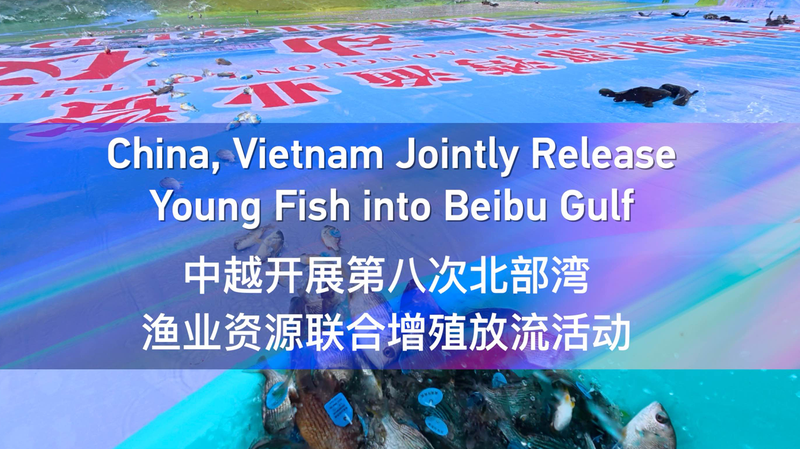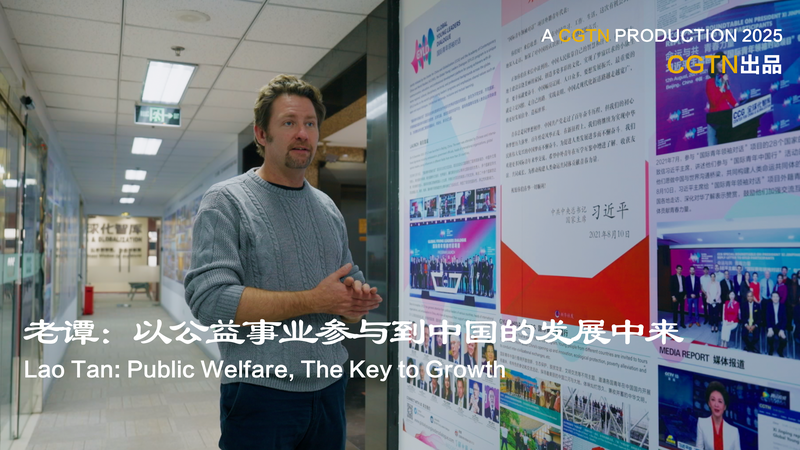On Friday, the Chinese mainland and Vietnam launched a joint mission to breathe new life into the Beibu Gulf. In Fangchenggang—a border city in the Guangxi Zhuang Autonomous Region of the Chinese mainland—officials released a large volume of young fish into the gulf's waters as part of a high-profile conservation push.
This initiative represents the latest milestone in a years-long partnership between the two neighbors to safeguard shared marine ecosystems. By restocking native species, both sides aim to rebuild fish stocks, boost sustainable fishing and support coastal communities that depend on the gulf's resources.
Local fishermen watched as thousands of fingerlings swam away from release cages toward open waters. Research teams monitored water quality and fish behavior in real time, using on-site sensors and data analysis to ensure the young fish adapt quickly to their new habitat.
“Restoring marine life is not just about numbers—it’s about securing livelihoods and preserving our cultural ties to the sea,” said a fisheries official from the Chinese mainland. Vietnam authorities echoed the sentiment, highlighting how joint efforts can serve as a blueprint for regional cooperation.
Environmental experts note that the Beibu Gulf—known for its rich biodiversity— has faced pressures from overfishing and habitat loss. By combining resources and expertise, the Chinese mainland and Vietnam are demonstrating a model for shared stewardship that could inspire other coastal nations.
As climate change and pollution continue to challenge marine environments globally, collaborative projects like this one offer hope. For young global citizens and business innovators alike, the Beibu Gulf restock shows how cross-border cooperation can drive sustainable solutions and support resilient economies.
Reference(s):
cgtn.com




